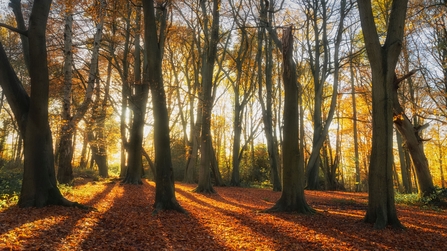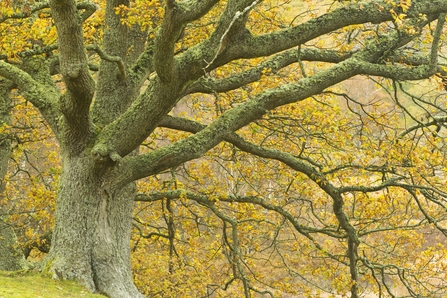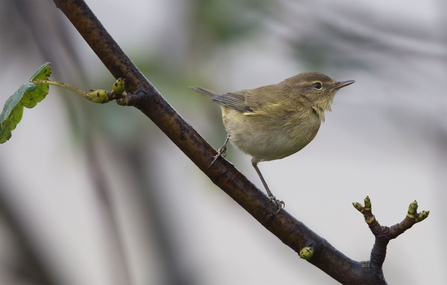Conservation Manager, Tim Hill has been monitoring leaf fall for the last 15 years - read on to see what he’s learnt along the way.
Since 2008 I have been part of a nationwide project monitoring leaf fall from eight of our most common trees on behalf of the Met Office – Oak, Sycamore, Ash, Horse Chestnut, Beech, Lime, Birch and Poplar. The project involves estimating the percentage of leaves that have fallen from trees three times a week, from September through to the time when no leaves remain.




